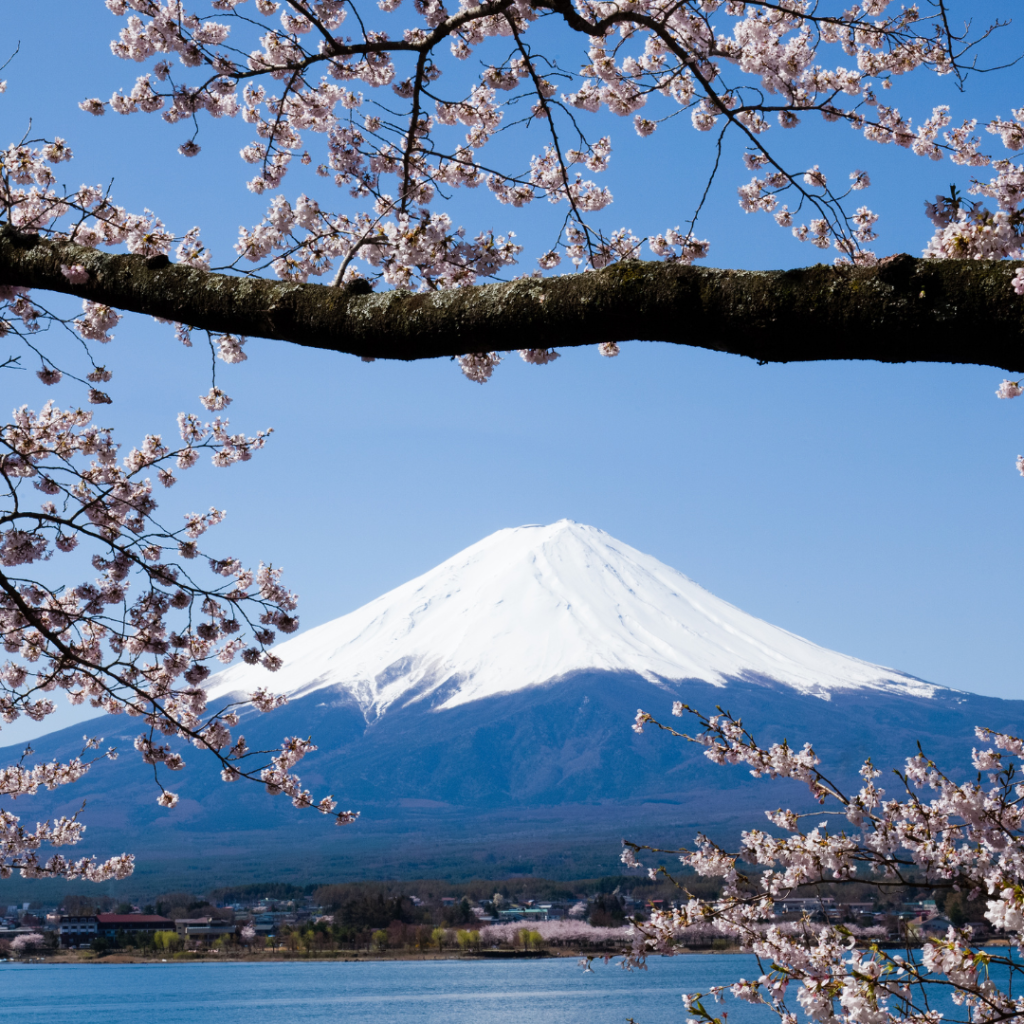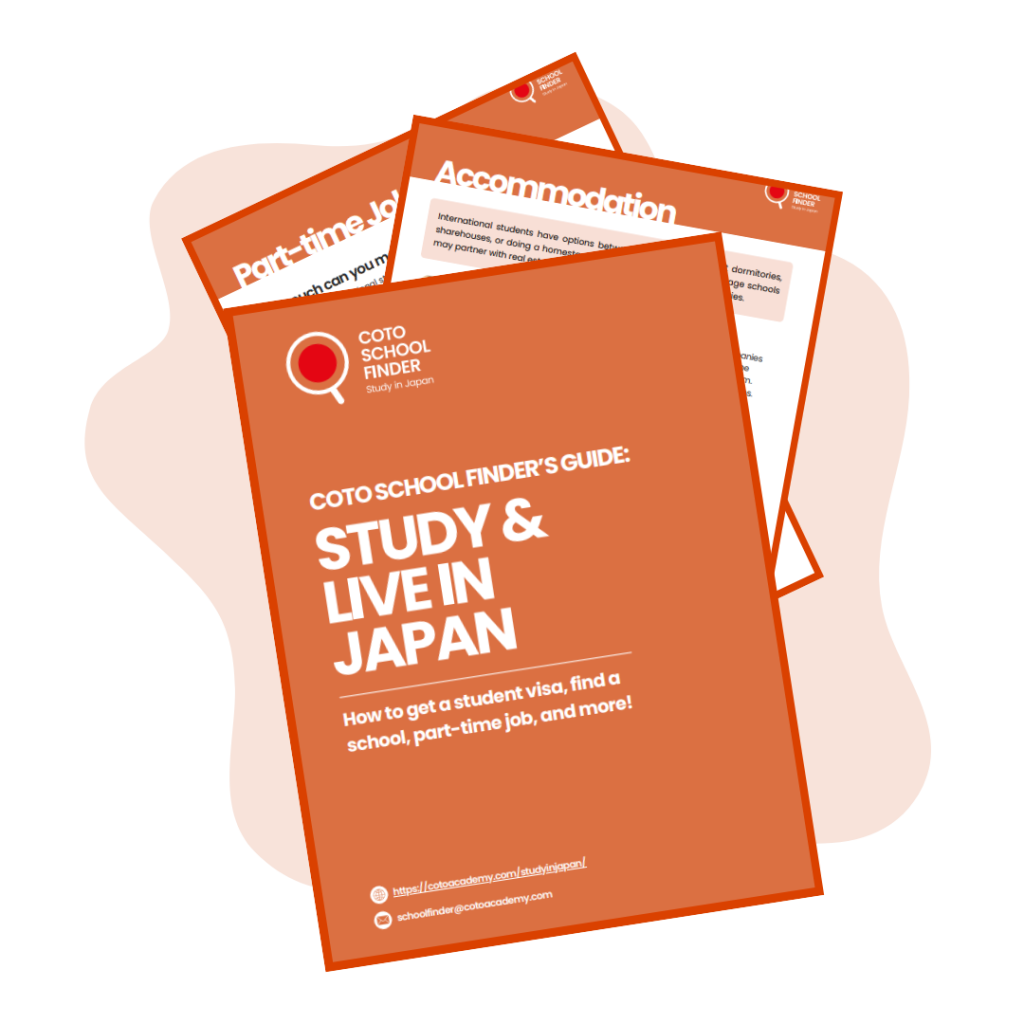So you’ve decided to come to Japan to study Japanese — congratulations! This leads us to beg the question: besides Tokyo, which cities should you consider for immersing yourself in Japan? In this article, we give a rundown of popular cities to study Japanese in Japan so you can decide which one fits you best.
Japan is an island nation with a unique culture and it doesn’t stop there. Each region has its own characteristics such as dialect, food, and local traditions that have been passed down from generation to generation. Your experience in Japan can differ tremendously depending on where you go, who you meet and what you do.
Want to study Japanese in Japan? Coto School Finder has helped students from around the world and of all backgrounds come to Japan! Partnering with the top 16 language schools, we match you with the right program and make your student visa application easy. Contact us for any questions, and we’ll help you get started!
Jump to:

Kyoto
Kyoto attracts a wide variety of visitors each year including many students. An estimated 1 in 10 of the city’s population are students, ranking it as number 1 in Japan. Home to 50 universities, including the second-best university in Japan, Kyoto is particularly student-friendly. Living costs are considerably lower than in the Kanto region and as Kyoto is a compact city, most of it is accessible by bike. There are also excellent career opportunities for graduating students with the headquarters of high-technology companies such as Nintendo and Kyocera.
Overall, Kyoto has a population of approximately one and a half million. Despite this, it is enveloped in nature, surrounded by mountains on three sides with large rivers flowing through gorgeous gardens allowing for scenic city walks and hikes into the mountains. Kyoto also has a spiritual element and is frequented by those on pilgrimages throughout the year with over 2,000 shrines as described by the UNESCO Heritage Site.
Having served as the capital over multiple eras and having survived natural disasters, wars and fires, Kyoto is a haven for history enthusiasts as it is the perfect city to get lost amongst relics of the past. Kyoto holds approximately twenty percent of Japan’s national treasures. The oldest building in Kyoto is the Daigoji, a temple that dates back to the 9th century.
In Kyoto, there are numerous opportunities to get involved in traditional arts and crafts local to the area with many workshops on offer. Some of the more traditional local crafts include Nishijin textile, Kyoyuzen dyeing, Kyo-yaki ceramics, and the iconic Kyoto doll to list a few. You can even make your own umeshu (plum wine) and partake in culinary classes featuring kaiseki dishes.
For those that want to learn and practice how to wear and style kimono there are even classes in Japanese that you can attend and you can obtain a license at the end. Kyoto is also home to the geisha district, Gion. Geisha in Japanese literally translates to “art person”, they are usually female entertainers that are well-versed in singing, party games, performing traditional dances and playing the samisen, a traditional lute-like instrument. In the Gion district, you may well see geisha in the street but you can also book one for group dinners where they can introduce you to traditional drinking and party games.
If you’re still confused about where you should study in Japan, why not take our fun quiz?

Yokohama
Yokohama, the capital’s sister city, is a mere 27 km away from Tokyo. The fastest way to get between the two cities is by shinkansen (bullet train) which takes just under 20 minutes!
Yokohama is a vibrant port city known for its thriving nightlife scene, rooftop onsens and easy access to popular beaches such as Kamakura.
It is also a popular city amongst international students that want to study in Tokyo but live outside of the hustle and bustle of the capital and save more on rent. Yokohama itself has a lot of universities and language schools to choose from and a wide selection of clubs to get involved in the community.
Yokohama is well known for its large foreign influence with one of the largest Chinatowns in the world, several international schools and even traditional English gardens (港の見える岡公園 or Minato no mieru oka kouen). This is because Yokohama was one of the first international trading ports in Japan that opened with 5 others in the 1800s between the US and Japan. Since then due close proximity to the capital, clean and wide streets and an abundance of nature.
Remnants of Yokohama’s international history are still evident from the neo-renaissance architecture to the community that welcomes many foreigners each and every year offering support such as free or very cheap (just a few hundred yen equivalent to just a few dollars) Japanese lessons in the “International Lounges” that are run by Yokohama city’s local government and volunteers (3). The city furthermore has lots of active language exchange groups and group outings which can be found on websites such as MeetUp.
Yokohama has a very active community with a wide range of local sports clubs, volunteering groups, and art clubs. If you choose to settle in Yokohama don’t forget to check your local area for bulletins, usually found in community buildings such as the ward office, for opportunities to meet with locals and interact with your local community.
If you are more of a night owl, Yokohama has a vibrant nightlife scene with regular concerts at the arenas, karaoke bars and large events such as those held at the Red Brick Warehouse, including an annual beer festival and Christmas market. Just as you’d expect from the city neighboring the capital, Yokohama is never short of things to do and see.

Osaka
Unlike Kyoto, which was once the royal capital, and Tokyo, the place where highly skilled samurai used to train, Osaka has always been a trading city with friendlier locals.
To understand what makes Osaka different, we have to go back all the way to when Kyoto was made the capital. Although Kyoto would have served as a trading city being the residence of the emperor, nearby Osaka fit the bill much better with access to the bay.
Not much has changed since then, Osaka-jin is still known for their bubbly aurora and osaka-ben, their local dialect, in which they still use greetings such as mokari maka which means “are you making a profit?” instead of “Genki desu ka? (How are you?). Osaka street food has long been popular with favorites such as okonomiyaki (fried pancake with lettuce and meat or seafood) and takoyaki (fried octopus pancakes shaped like a ball) and instead of “shop until you drop”, the people of Osaka say kudaiore, eat until you drop. If you want to find like-minded foodies and mingle with the locals then you are almost certain to find your people here.
Osaka is a popular city for studying as it has a wide range of schools and easy access to top universities such as Kyoto University and Kobe University which can be reached in just under an hour. In comparison to Tokyo, Osaka is also a lot more affordable with the cost of living being approximately 400 US dollars less, and with many cities within reach, Osaka is a growing hub for businesses bringing in new career opportunities.
Osaka is definitely a great option for outgoing extroverts that want to engage with the local community and strike up a conversation and maybe share a bite to eat at the local izakaya. It is also home to the famous Nanba district, a lively entertainment district where mingling comes naturally. Osaka–jin is known to be very welcoming and quite humorous.

Fukuoka
Positioned south of Tokyo, you might find the vibe of Fukuoka more relaxed than bustling Tokyo. Fukuoka is the largest city on the island Kyushu, but with 1.5 million residents. it is quite a spacious city with plenty of nature including mountains to hike, beaches to surf at, and parks to picnic in.
After Tokyo and Osaka, Fukuoka has the third-highest number of international students in Japan, with 38 universities, 49 vocational schools and several language schools to choose from. Living costs are 60% cheaper than in the capital and there are many school fee waivers and scholarships available to international students making this city much more affordable (check out our money-saving tips when you’re living in Japan)!
Foodies can rejoice with local specialties such as the Hakuta ramen that was named after Hakuta, a separate city that later was incorporated as a ward in Fukuoka. This ramen has a rich umami flavor from the pork bone broth and it’s signature thin noodles make for easy slurping. Slurping is actually considered polite in Japanese culture as a way to show the chef that you are enjoying your food.
The people of Fukuoka love a good festival and are known for their massive kakiyama floats (shrine floats) during the Hakata Gion Yamakasa festival that takes place at the beginning of July. Large floats can even stand over 10 meters tall! These larger floats are mostly decorative but the smaller floats are raced through the town every year carried by enthusiastic team players. This is a spectacular event to witness but also if you’re willing, you can enquire to see if you can join and train with one of the teams! A sure way to build lifelong friends and integrate into the local community.

Nagano
As Nagano is considerably smaller than Tokyo, it is more likely that you will have to rely on your Japanese, allowing you to fully immerse yourself in the language while still having the convenience and comforts that come with a city.
This temple town is just one and a half hours away from Tokyo by shinkansen with the famous Zenkoji temple at its center. If sunny Fukuoka is too hot for you then perhaps it is this mountain escape that will be just right. Nagano is a much smaller city than the likes of Tokyo and is attractive for its more laid-back inaka (countryside) feel with easy and quick access to nature as it is surrounded by mountains on all sides. It is also often used as an escape from the hot and humid summers in Tokyo, with many people owning second homes in Nagano.
Nagano has fewer universities than the other bigger cities such as Tokyo and Kyoto but for those looking for a more at-home feel and smaller classes, Nagano may be an ideal choice. There is a lot on offer at a much cheaper price. When it comes to rent, where a 1 room apartment can range closer to 1,000 USD in Tokyo, a similar apartment can be a fifth of that in Nagano.
For winter sports enthusiasts Nagano is the perfect place to be, having hosted the winter Olympics in 1998. It has a world-renowned ski resort called Hakata just an hour’s bus ride away and there are even ski and snowboard clubs for adults that welcome beginners!
Conclusion
There is no “best” city in Japan to study Japanese, as different people might prefer different things. However, keep in mind the city will be a big part of your study abroad experience here, so you have to choose wisely!
If you’re wondering where is the best place to study in Japan that matches your budget, lifestyle and goal, contact Coto School Finder today! Our coordinators are excited to help you figure out the best school and help you come to Japan!
WANT TO STUDY AND LIVE IN JAPAN? USE COTO SCHOOL FINDER’S FREE SERVICE!
Coto School Finder partners with almost 16 of the best Japanese language schools across Japan. We help match you with the right school that fits you, apply for a student visa, and make sure your admission is processed as easily as possible!
If you are ready, get the full support you need and contact us today!





